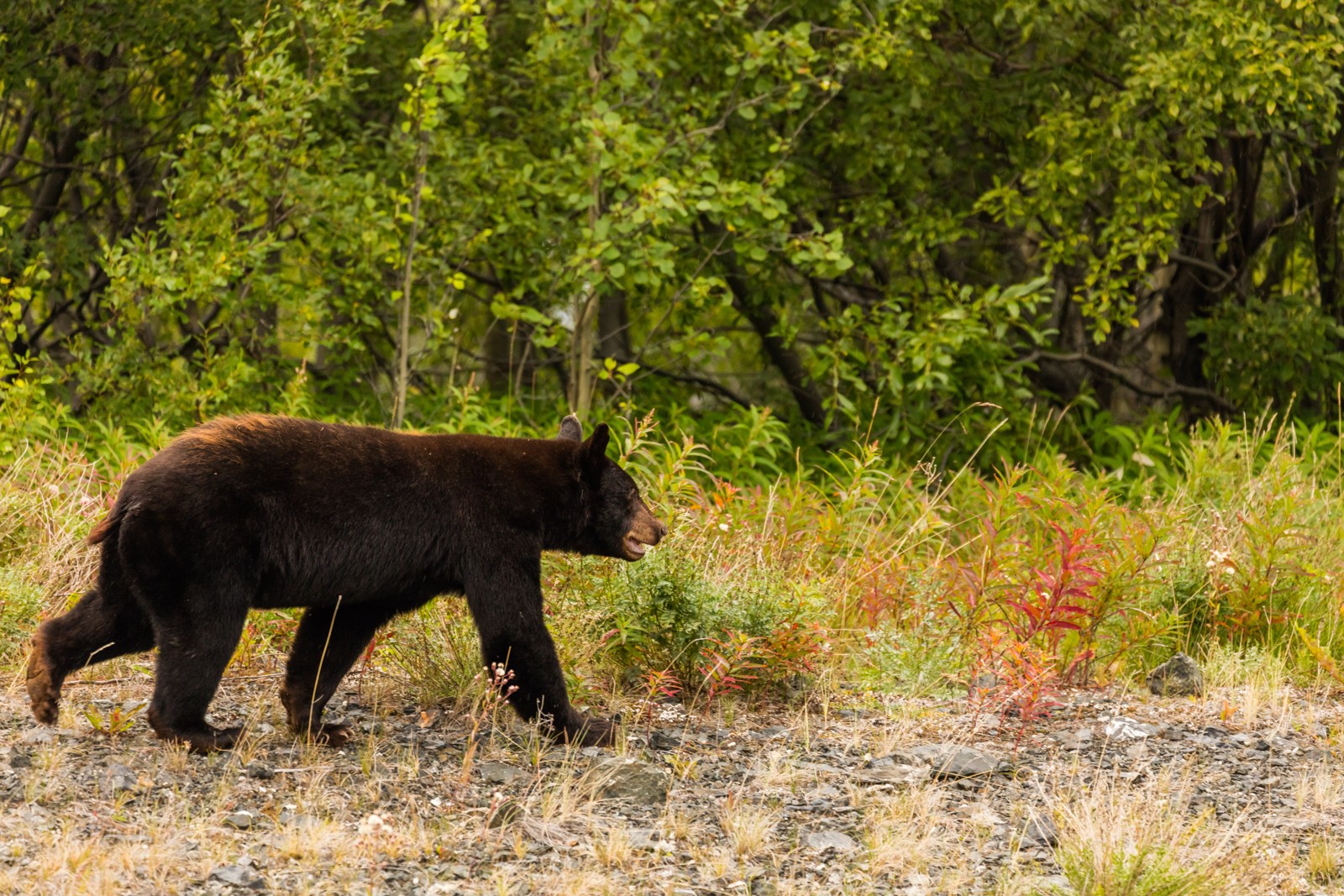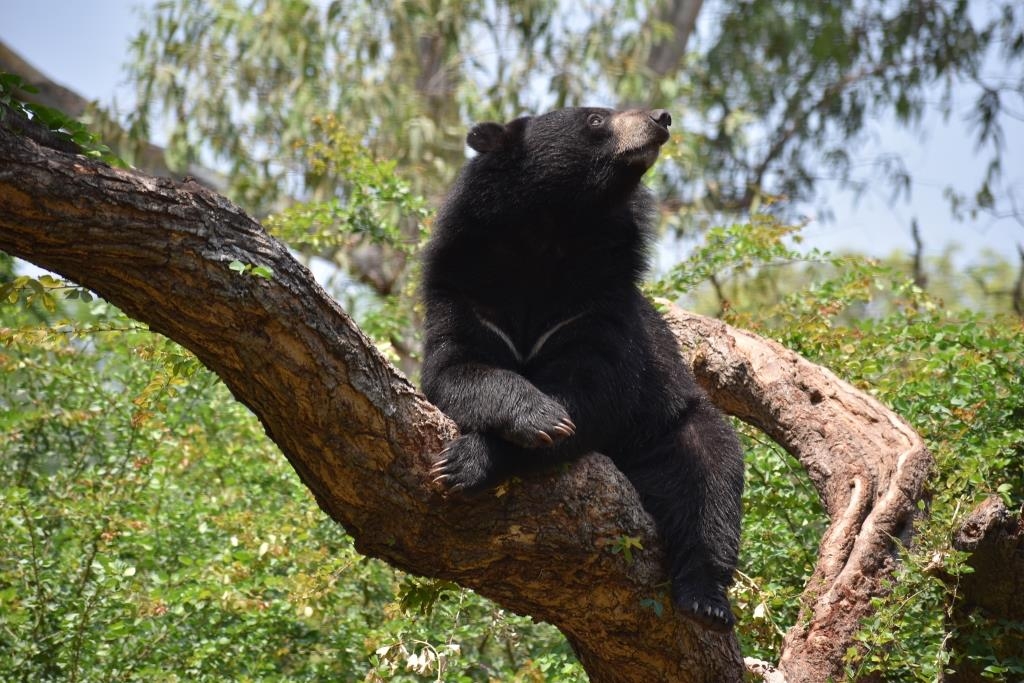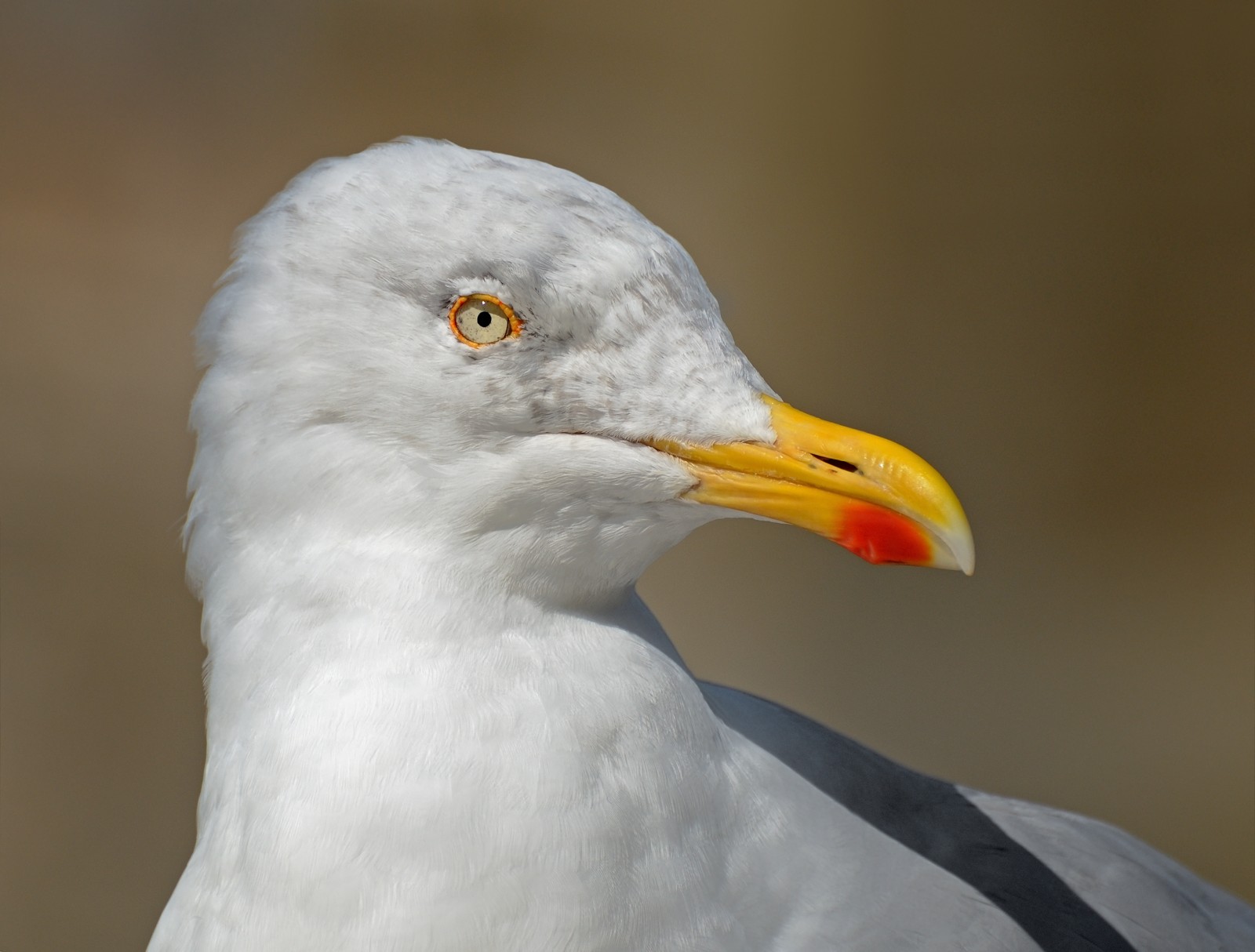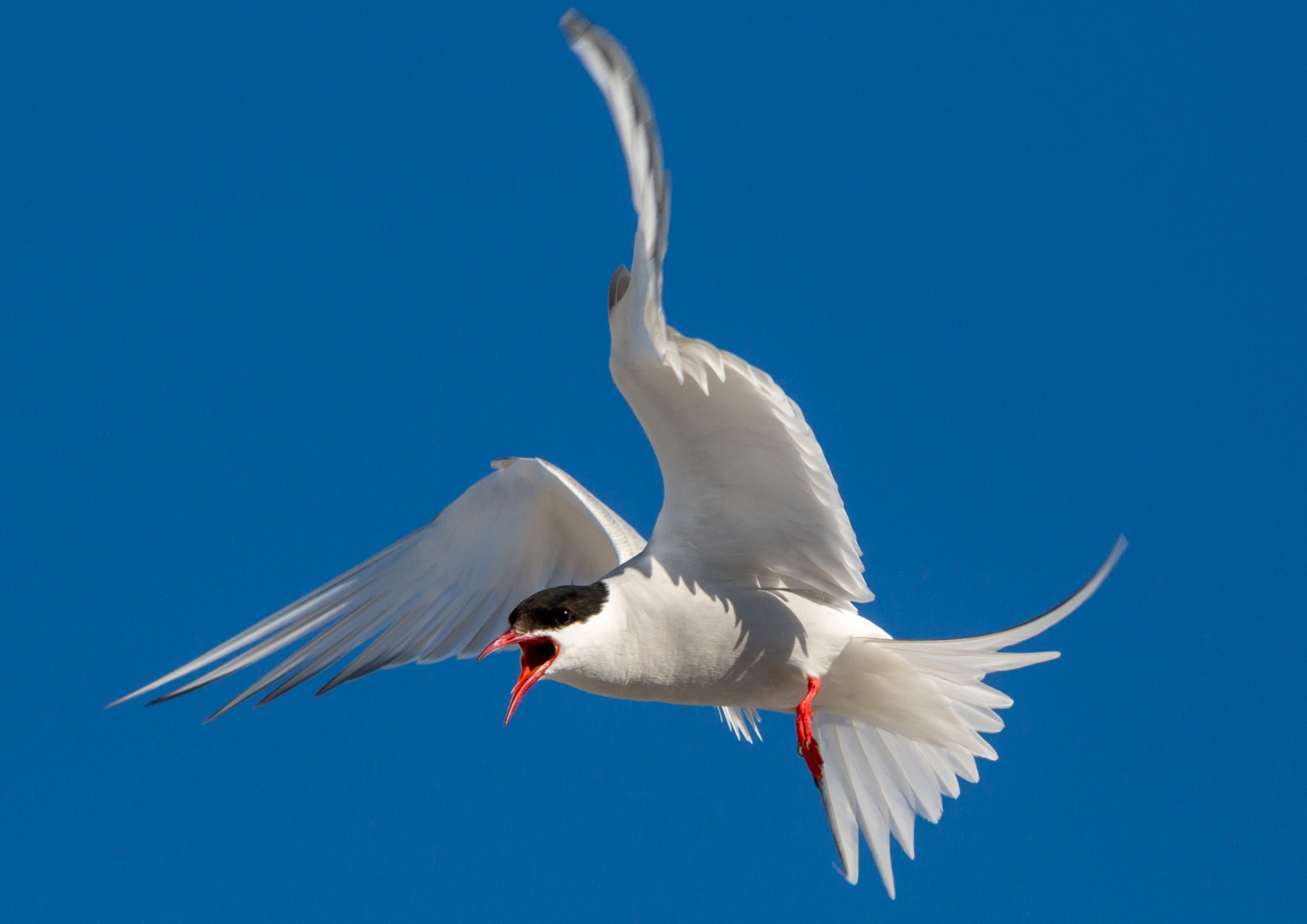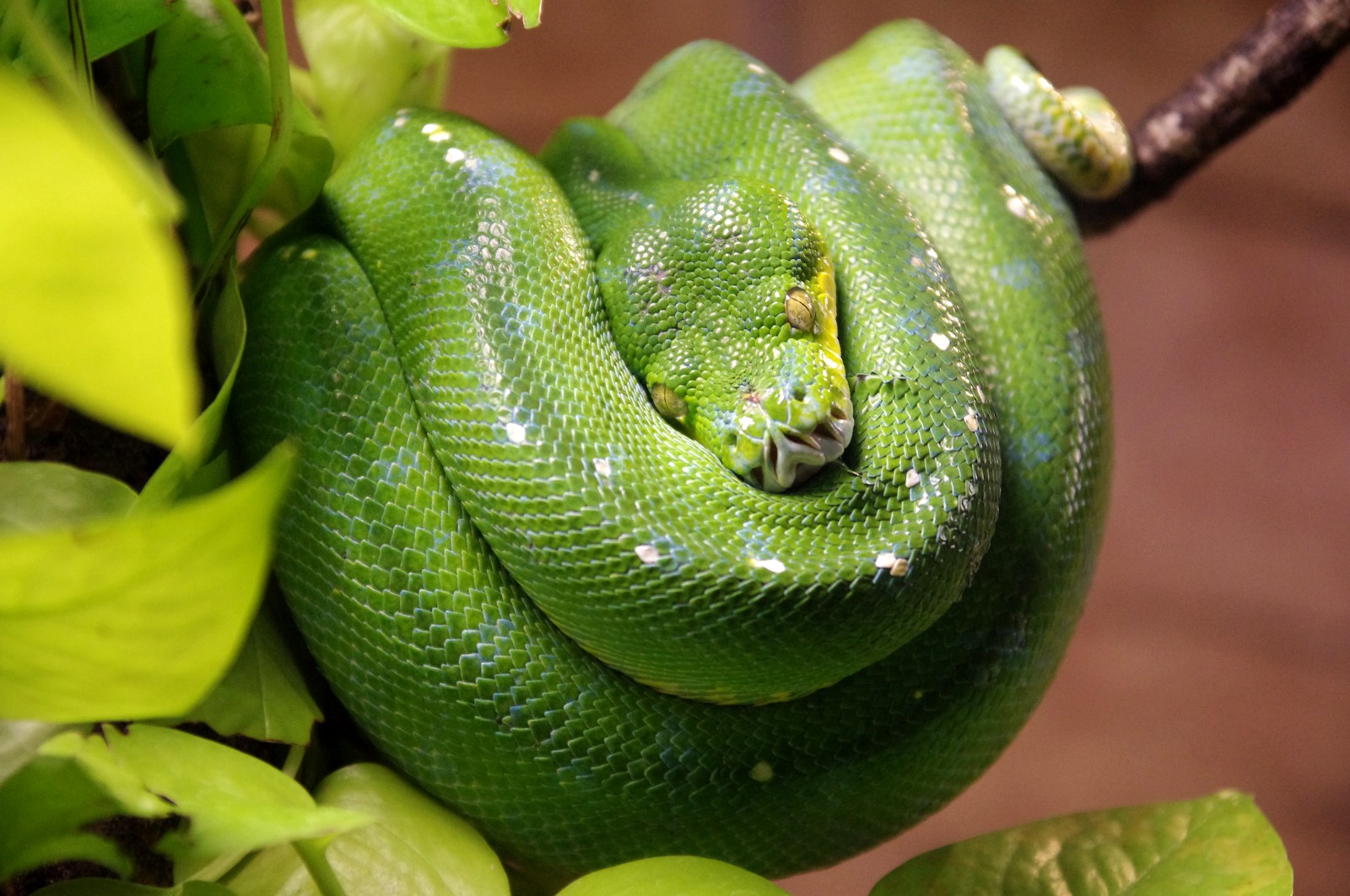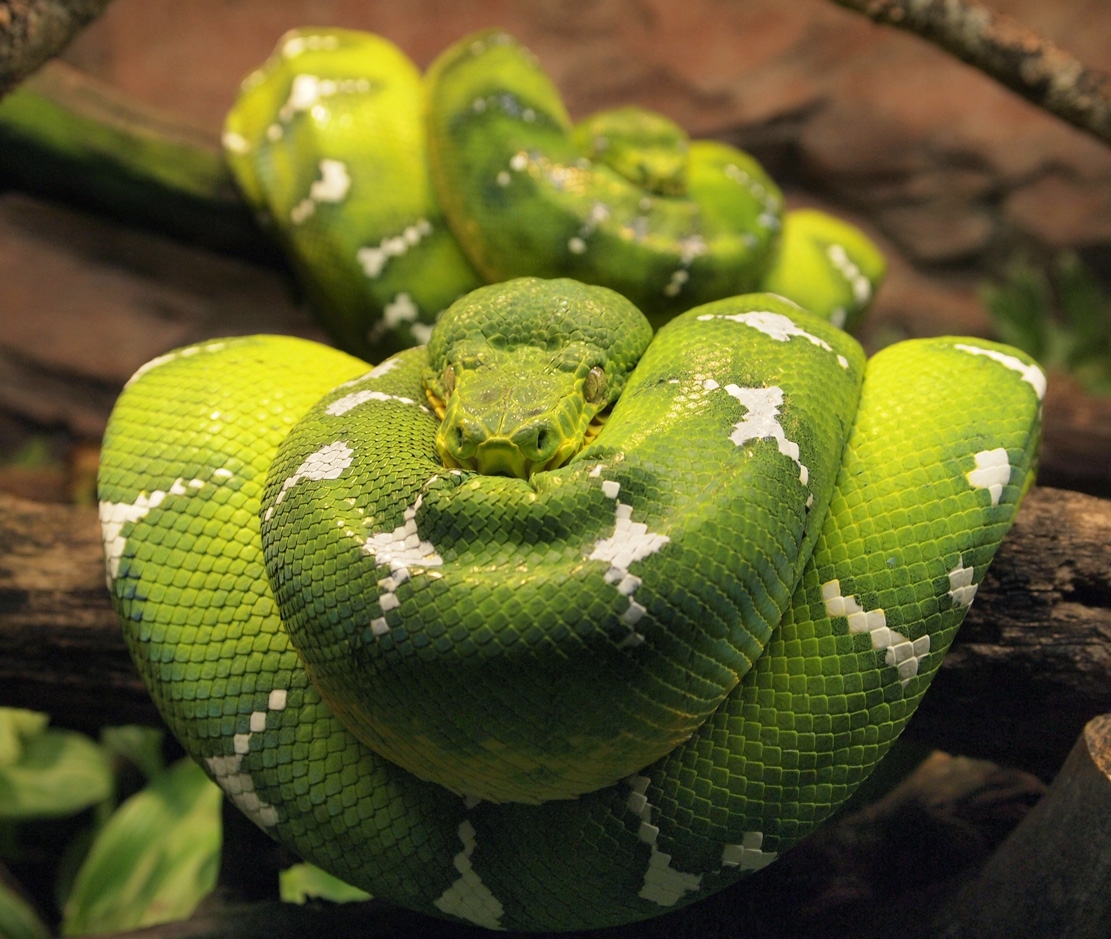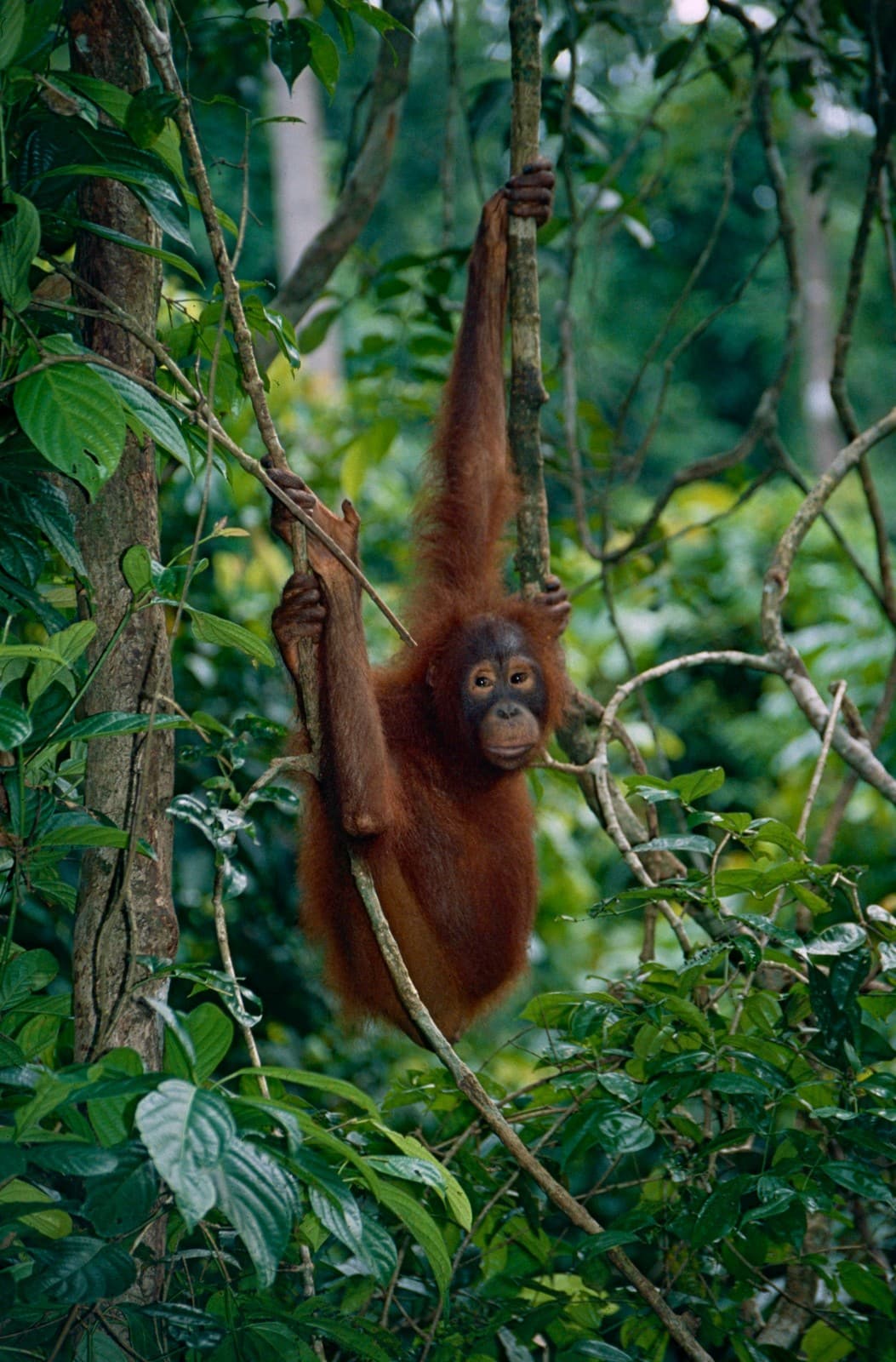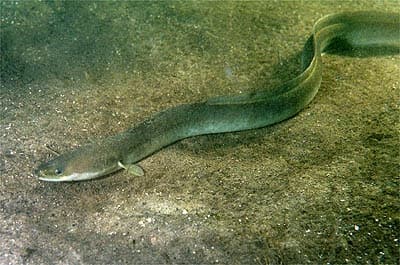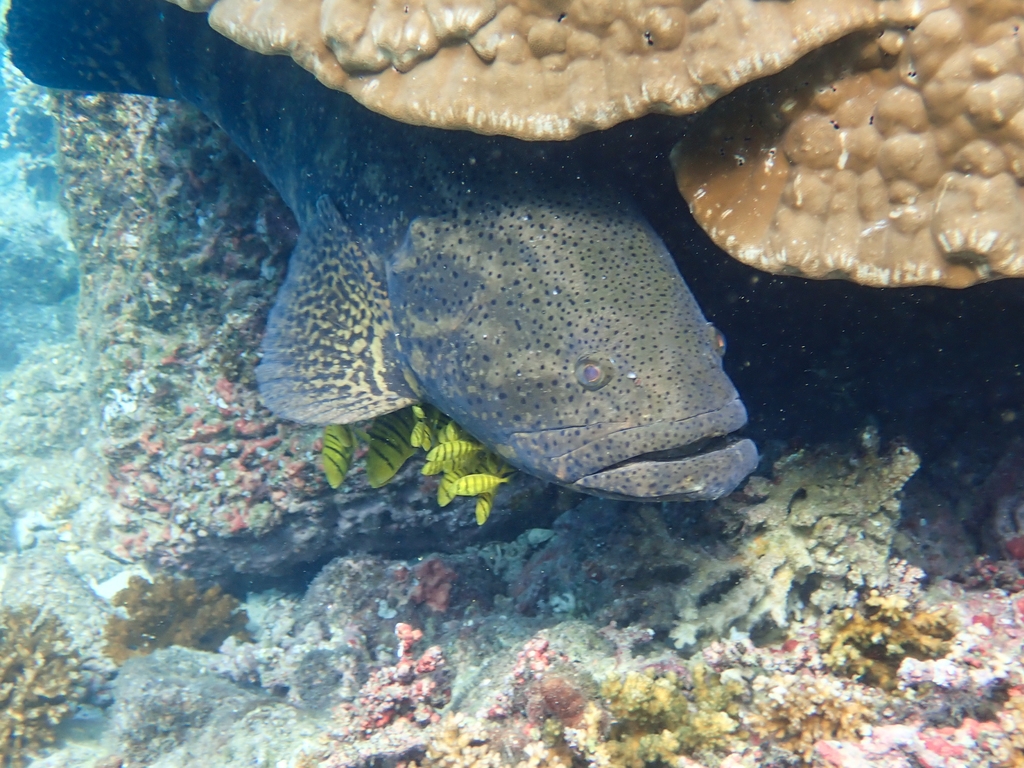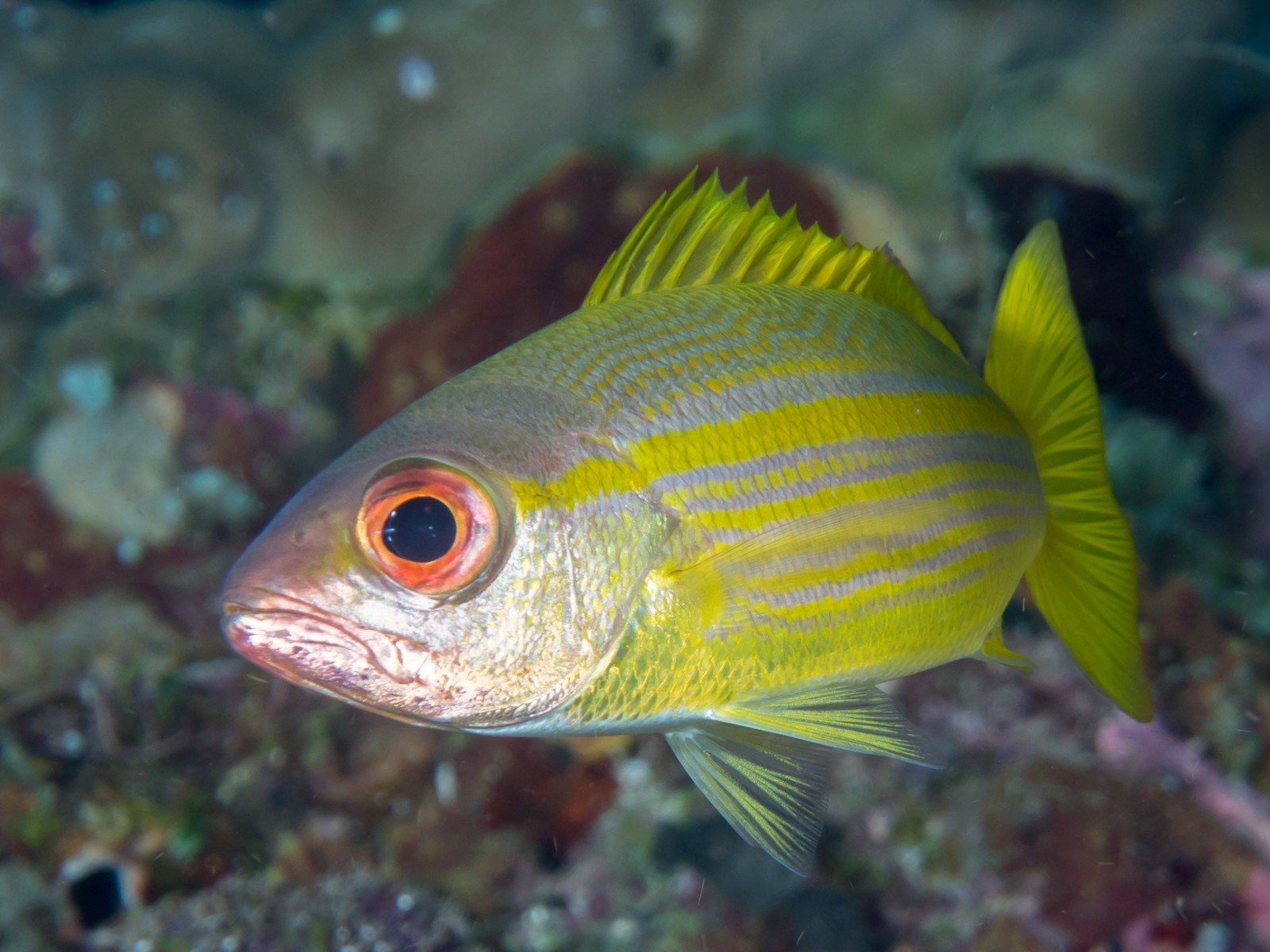Kermode Bear vs Black Bear: A Complete Comparison
The Kermode Bear vs Black Bear comparison reveals a fascinating genetic relationship – the Kermode (Spirit) bear is actually a rare subspecies of the American Black Bear, occurring in approximately 1 in 10 black bears within British Columbia’s temperate rainforests. While sharing the same species classification (Ursus americanus), Kermode bears possess a unique recessive gene that creates their distinctive white or cream-colored coat, setting them apart from their darker relatives.
Despite their color difference, both bears share identical physical dimensions, typically weighing between 200-600 pounds (90-270 kg), with males being notably larger than females. Their divergence lies primarily in habitat preference, feeding strategies, and their cultural significance to Indigenous peoples of the Pacific Northwest.
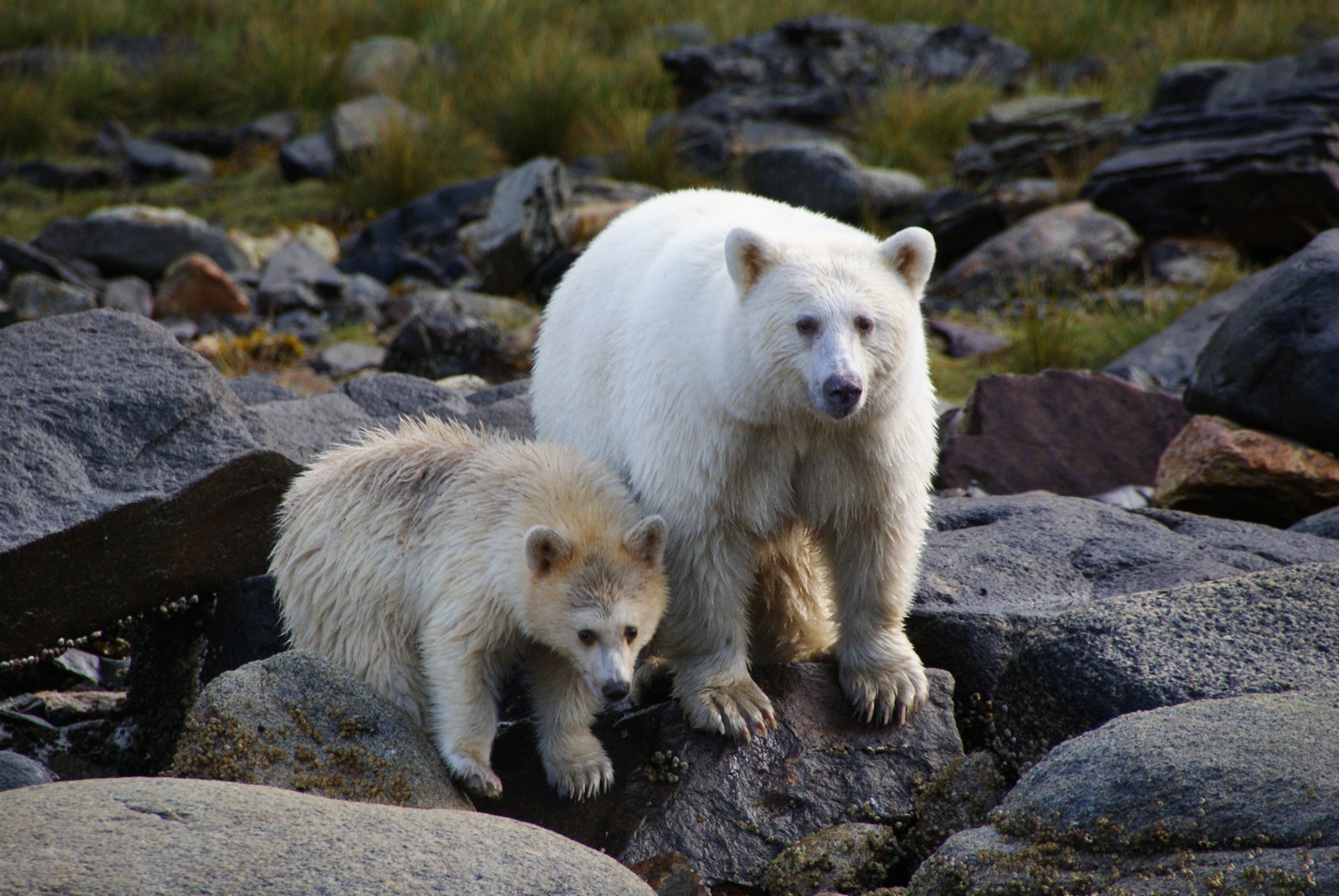
© Maximilian Helm from Dresden, Deutschland / CC BY 2.0
The striking white Kermode bear, also known as the Spirit Bear, demonstrates the remarkable genetic variation within the black bear species. These bears have adapted to their coastal rainforest habitat, developing specialized fishing techniques that leverage their light coloration.
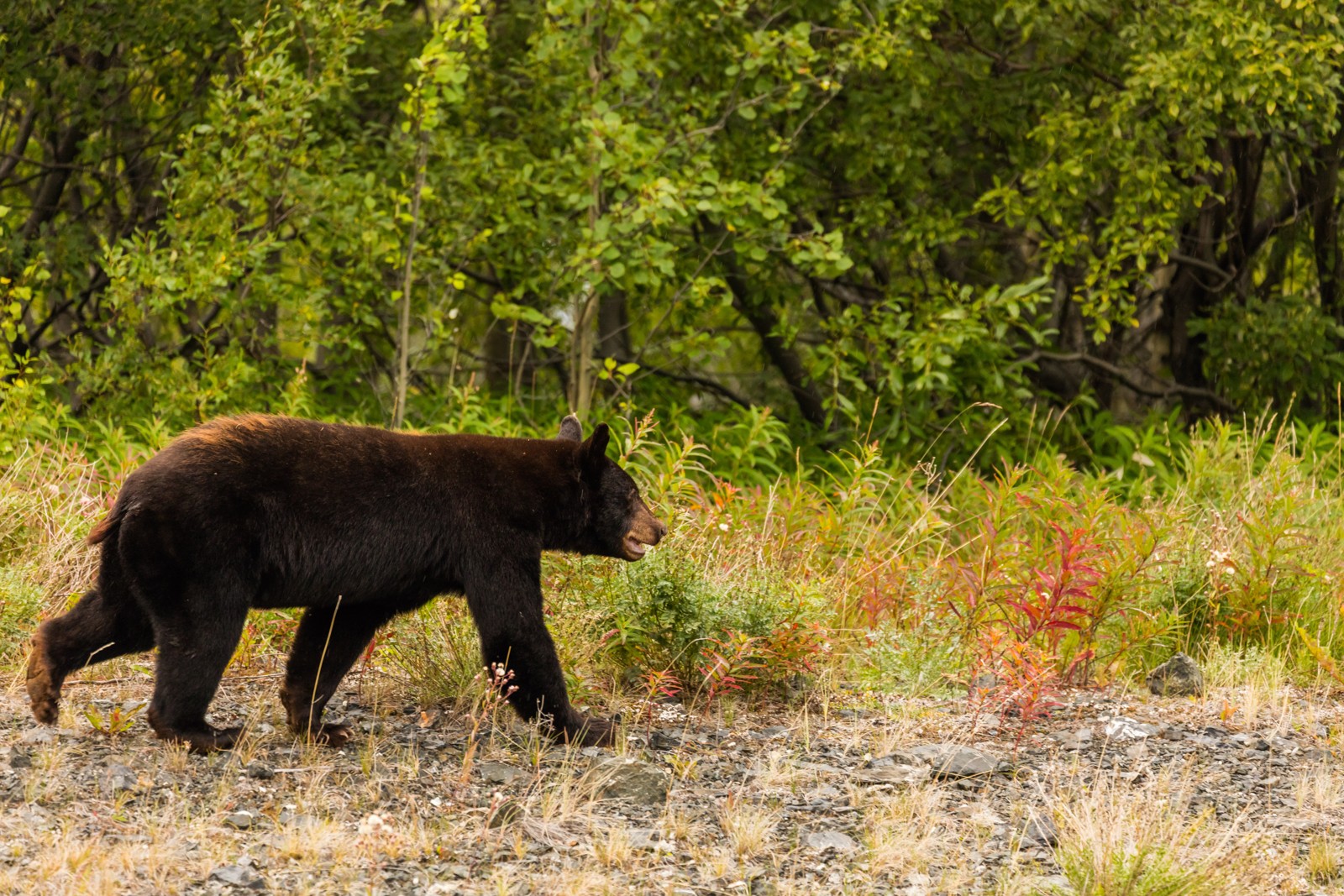
© Diego Delso / CC BY-SA 4.0
The American Black Bear displays the typical dark coloration that represents the species’ common appearance. Their versatile foraging behavior and adaptability have made them successful across diverse North American habitats.
Key Differences Between Kermode and Black Bears
| Feature | Kermode Bear | Black Bear |
|---|---|---|
| Coloration | White to cream-colored coat | Black, brown, or cinnamon coat |
| Distribution | Limited to coastal British Columbia | Throughout North America |
| Population Size | Approximately 400 white individuals | 600,000+ in North America |
| Habitat Preference | Coastal temperate rainforests | Diverse forests, mountains, suburbs |
| Fishing Success Rate | 25% higher than black bears | Standard success rate |
| Genetic Expression | Requires two copies of recessive gene | Dominant gene expression |
Habitat and Distribution
Kermode bears inhabit a highly specific range within British Columbia’s Great Bear Rainforest, primarily on Princess Royal and Gribbell Islands. In contrast, American black bears demonstrate remarkable adaptability, thriving across diverse habitats from Florida’s swamps to Alaska’s forests.
Hunting and Feeding Behavior
While both bears are omnivorous, Kermode bears have developed specialized fishing techniques. Their white fur provides 25% greater success when fishing for salmon during daylight hours, as they’re less visible to fish against the bright sky. Traditional black bears typically rely more heavily on vegetation, insects, and small mammals.
Size and Physical Characteristics
Despite their color difference, both bears share identical physical characteristics:
- Adult Weight: 200-600 pounds (90-270 kg)
- Shoulder Height: 2.5-3 feet (76-91 cm)
- Body Length: 4.5-6 feet (137-183 cm)
- Lifespan: 20-25 years in the wild
Conservation Status and Threats
The Kermode bear faces unique conservation challenges due to its limited range and small population. With only about 400 white individuals remaining, habitat protection is crucial. While black bears are more numerous, with over 600,000 individuals across North America, both subspecies face similar threats from habitat loss and human encroachment.
Cultural Significance
Known as “Moksgm’ol” by the Tsimshian people, the Spirit Bear holds deep cultural significance in Indigenous traditions. The standard black bear, while also respected in Native American cultures, doesn’t share the same level of spiritual significance as its white counterpart.
Interaction with Humans
Both bears generally avoid human contact and demonstrate similar cautious behavior around settlements. However, black bears more frequently encounter humans due to their wider distribution and adaptation to suburban environments. Neither subspecies typically displays aggressive behavior unless threatened or protecting cubs.
Survival Adaptations
While sharing most physical adaptations, these bears have developed different survival strategies:
- Kermode Bears: Enhanced fishing abilities, specialized coastal habitat adaptation
- Black Bears: Greater habitat flexibility, broader diet variation, urban adaptation capabilities
Understanding the relationship between Kermode bears and black bears reveals the remarkable diversity within a single species. While they share most physical and behavioral traits, their unique adaptations and cultural significance make each worthy of dedicated conservation efforts and continued scientific study.
